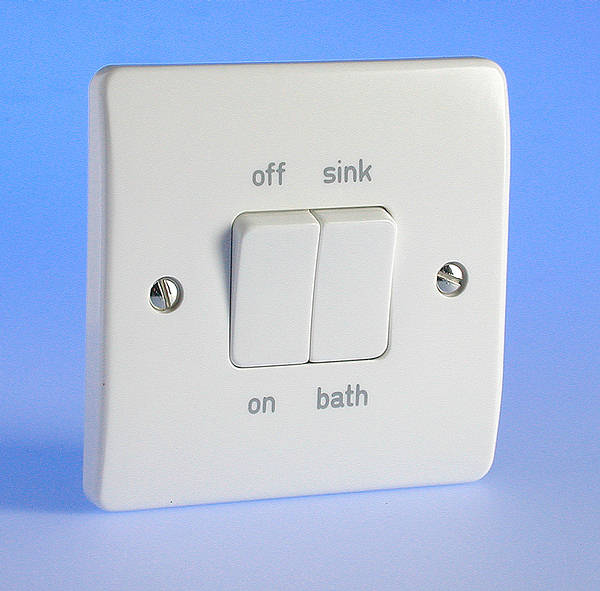Hi guys
I have just removed a old hot water cylinder which had a single immersion heater fitted.
I am going to be replacing it with a larger water cylinder that has 2 immersion heaters fitted.
I don't have cheap rate electricity so wondered if it is practical just to wire both heaters either one to the other then to the switch or both directly in to the switch so that both heat the water at the same time there by heating the water quicker.
The cable from the CU is 2.5 mm & the breaker in the CU is a NSB32.
The switch that is near the tank has a 13 amp fuse fitted.
Also what thickness of heat resistant cable should I use to connect to the switch 1mm or 1.5mm.
Cheers Jim
I have just removed a old hot water cylinder which had a single immersion heater fitted.
I am going to be replacing it with a larger water cylinder that has 2 immersion heaters fitted.
I don't have cheap rate electricity so wondered if it is practical just to wire both heaters either one to the other then to the switch or both directly in to the switch so that both heat the water at the same time there by heating the water quicker.
The cable from the CU is 2.5 mm & the breaker in the CU is a NSB32.
The switch that is near the tank has a 13 amp fuse fitted.
Also what thickness of heat resistant cable should I use to connect to the switch 1mm or 1.5mm.
Cheers Jim


